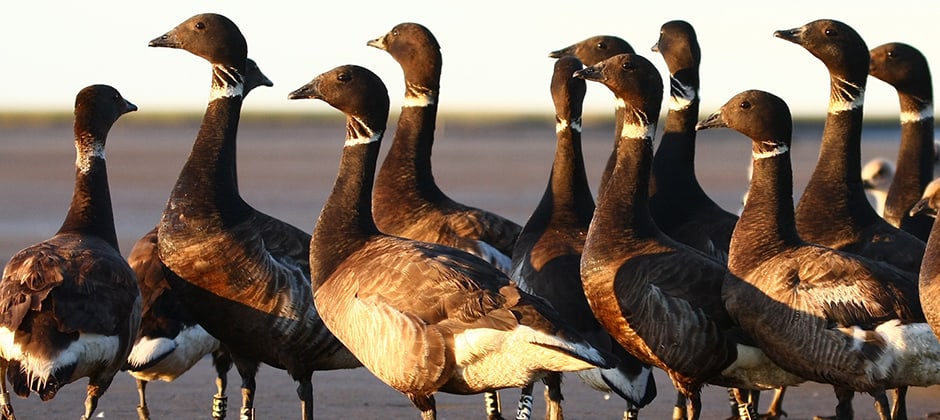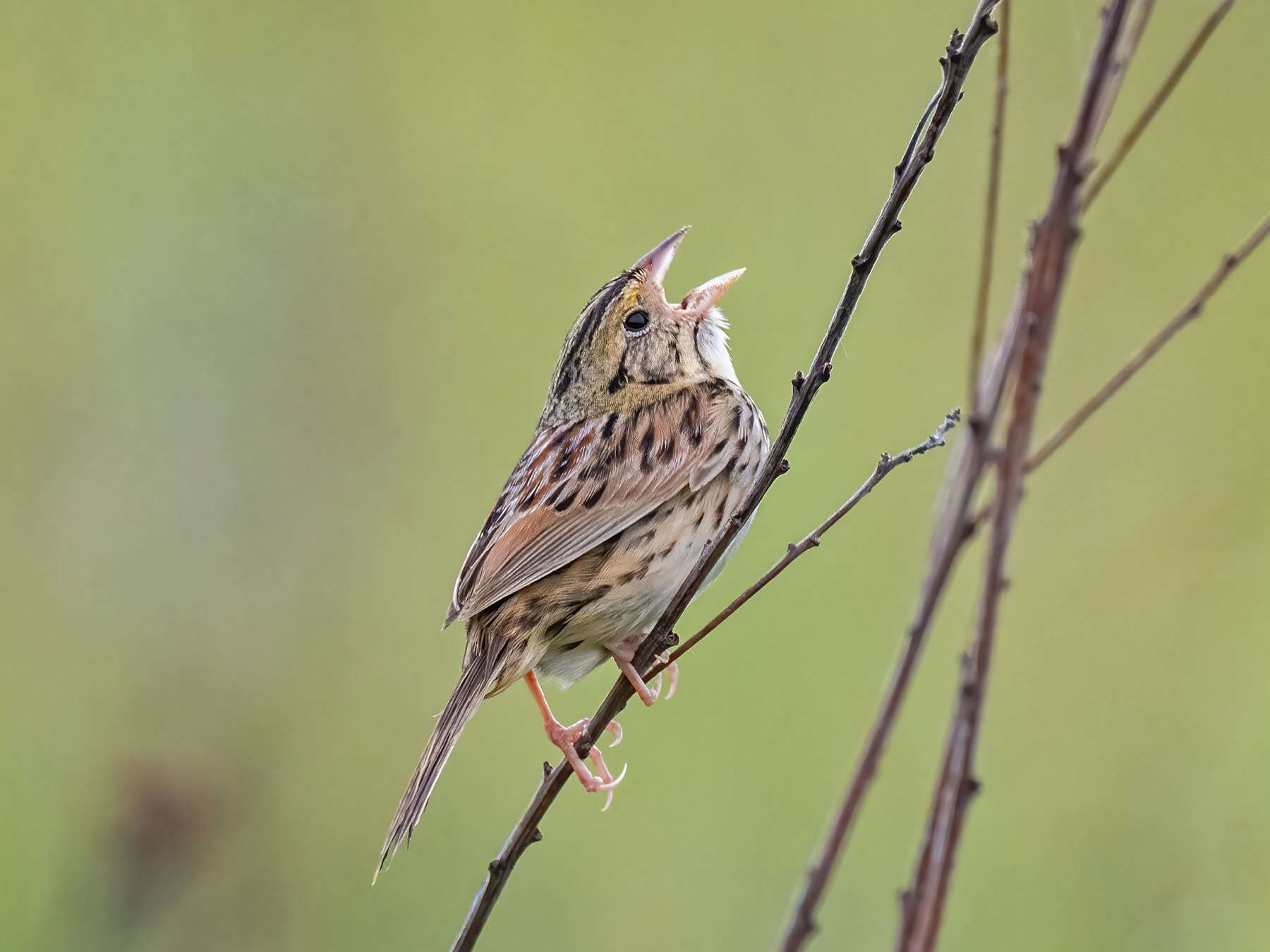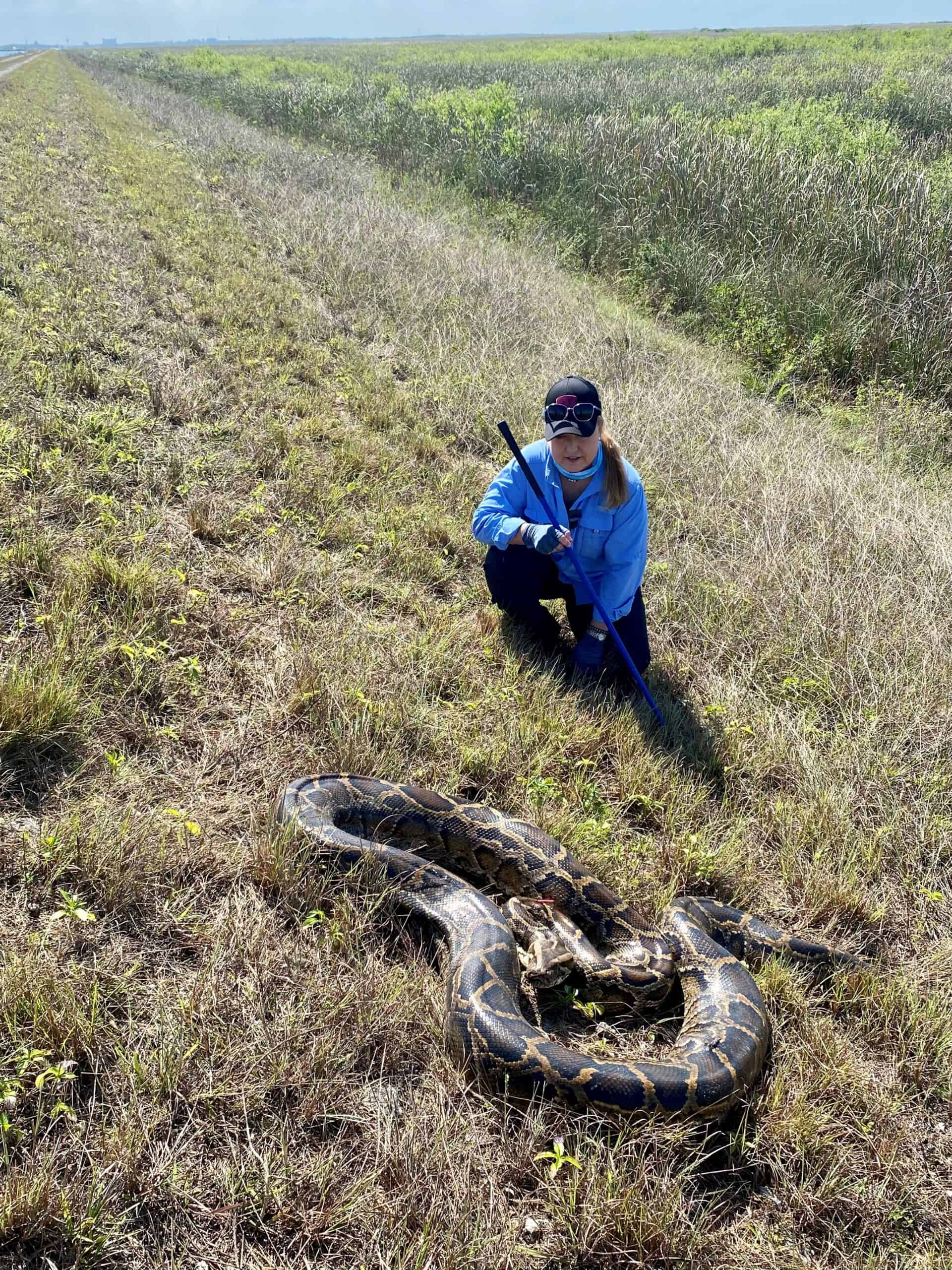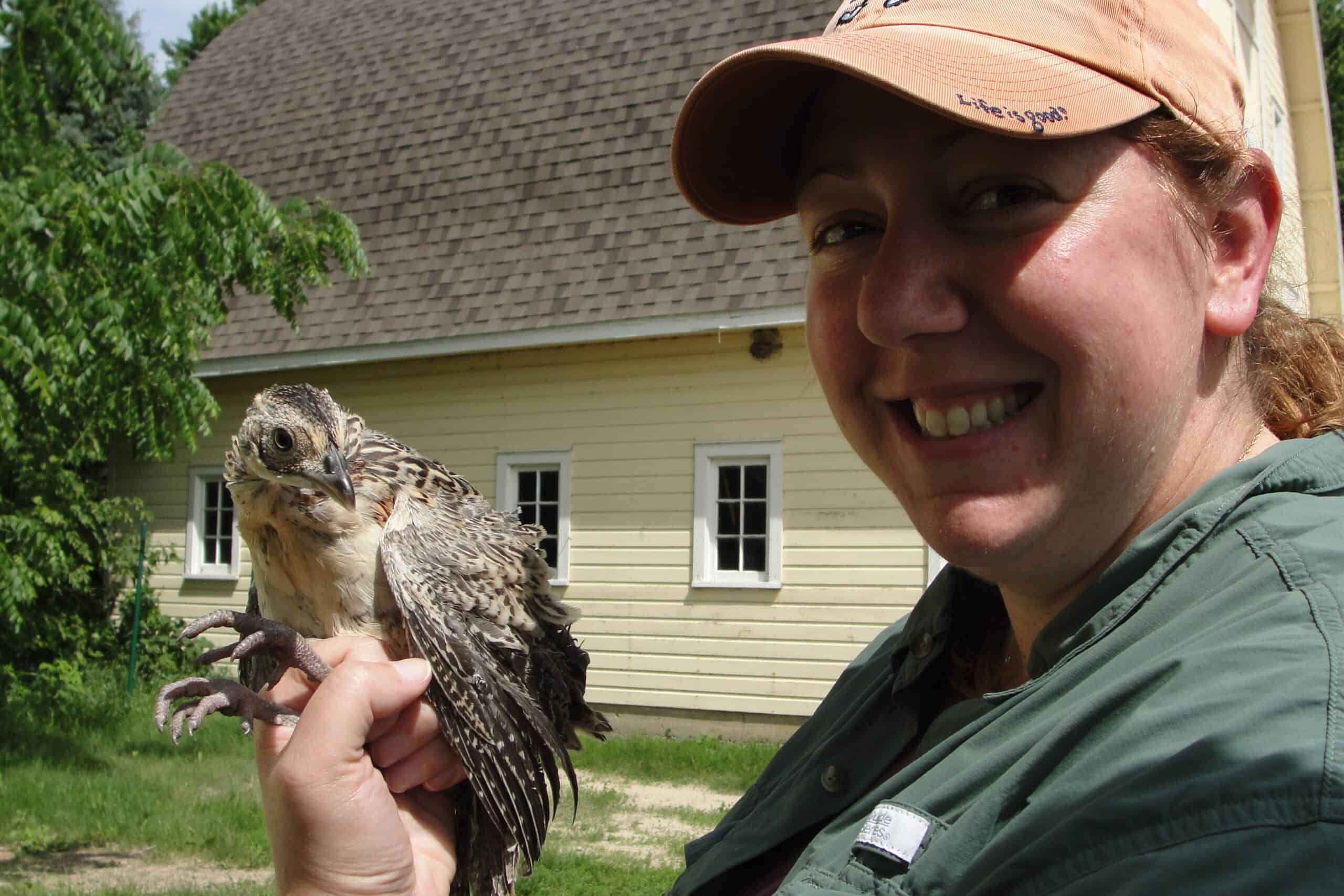Share this article
JWM: Are black brant numbers going up — or down?
To judge by the annual surveys, black brant (Branta bernicla nigricans) are on the upswing. After years of decline, aerial counts along their migration routes — between Mexico’s Baja Peninsula in the south and the Alaska Peninsula and the Arctic in the north — showed their populations were on the rise.
But researchers on the ground were seeing something different. Survival rates for both first-year birds and adults appeared to be going down — trends that were hard to reconcile with a growing population.
“The demographic data — the survival rates and the production of young — weren’t consistent with what the surveys were saying about the dynamics of the population as a whole,” said TWS member Jim Sedinger, professor of avian biology at the University of Nevada, Reno.
That had him wondering if the aerial counts were wrong. So he turned to a historical way of estimating populations that had been barely used for 80 years. That method, dating back to a time when airplanes were rarely used in biology, showed brant populations were falling, a trend that appeared much more consistent with what field researchers were seeing.
Sedinger, lead author on a paper on the alternative method published in the Journal of Wildlife Management, hopes it may lead to a change in how the birds are counted.
“Science tends to be conservative, and it takes a long time to convince people that the new methodology is better than what they were doing,” he said.
Every method of estimating populations has its downsides, Sedinger said, but counting brant by air has run into some additional problems. As climate change shifts where the birds winter, more birds counted at Alaska’s Izembek Lagoon may be skewing the counts upward, he said. In Mexico, a change in observers could have thrown off some counts, while in recent years, as the country’s drug crime has increased, aerial surveys stopped altogether and were replaced with ground counts.
“All of them could be affecting the midwinter count,” Sedinger said.
Instead of aerial surveys, his team turned to another method — the Lincoln estimator. Pioneered by government biologist Frederick Lincoln in the 1930s, the method was first used to estimate duck populations by comparing the number of banded ducks, the number of banded ducks taken by hunters and the total number of ducks taken by hunters.
“It works pretty well for some species,” Sedinger said, but it was largely abandoned after World War II, when veteran pilots and an abundance of aircraft made aerial surveys more popular.
“I think people kind of forgot about using the availability of banded birds to get abundance estimates,” he said.
After a few biologists, including Dave Otis and Ray Alisauskas, recently revived the idea, Sedinger decided to apply it to black brant. Combining the Lincoln estimator with data from hunter bag checks in a Mexican harvest area, he and his team found the opposite of what aerial surveys were showing. Instead of being on the upswing, the birds’ populations declined from an estimated average of 229,980 birds between 1999 and 2002 to 161,504 between 2012 and 2015.
“I would say that’s more consistent with the demographic trends,” Sedinger said.
Brant can be thought of as consisting of two populations. One breeds on the Yukon-Kuskokwim Delta in western Alaska. The other breeds in the Arctic, from western Canada to northern Alaska to eastern Siberia. The two have different situations in their breeding grounds, Sedinger said, but both face problems on wintering grounds, where industrial development, agricultural expansion and climate change are impacting the eel grass they rely on. Sedinger believes that may be contributing to the decline of both populations. He hopes better population estimates could provide a better picture of how best to manage the species.
“I wouldn’t say that our paper is redefining how we’re doing things, but it has opened the door to a substantive discussion about thinking about alternative ways to do things,” he said.
TWS members can log in to read this paper in the Journal of Wildlife Management.
Header Image: Are black brant numbers rising or falling? Aerial surveys suggested the birds were on the increase, but a historical method of counting them found the opposite, which was more in line with what field researchers were seeing. ©Chris Nicolai








